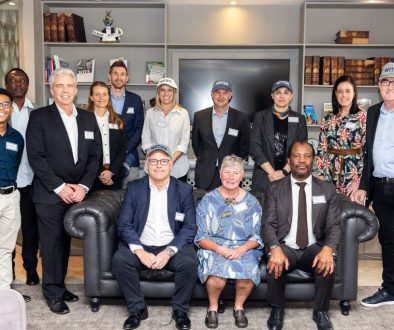Forest and paper industry’s roundtable unearths the sector’s role in greener products
The trend to encourage consumers to go paperless may not be doing the good many think it is doing: that was the clear message from a roundtable discussion hosted on 5 July by the Paper Manufacturers Association of South Africa (PAMSA.
In fact, experts at the roundtable revealed, the perception that reducing paper consumption will save the environment is not only unsubstantiated and misleading, but can have a lasting effect on consumer perceptions of paper.
Tackling various issues from growing trees to trends in paper packaging, the discussion was chaired by award-winning author and Talk Radio 702 presenter Gugu Mhlungu, and featured representatives of Sappi Southern Africa, Mondi Zimele, Mpact, and Woolworths.
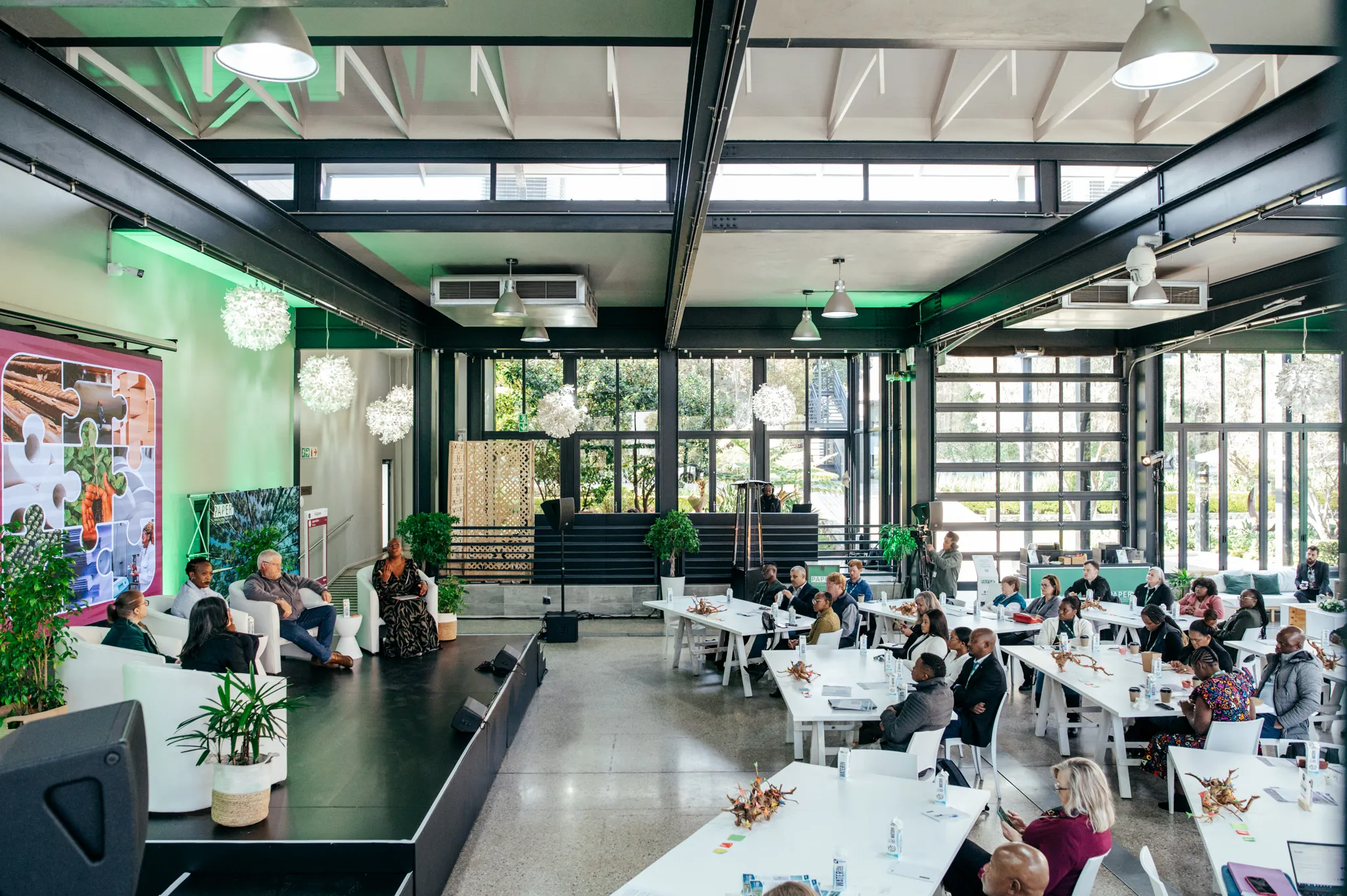
The first session covered the environmental and socio-economic aspects of forests and wood products. Panellists were explicit about the importance of our planted forests and debunked several myths and misunderstandings about the sector.
“Trees in South Africa are farmed to make timber, pulp and paper. Rather, they are audited, certified and sustainably managed,” said Jane Molony, executive director at PAMSA, pointing out that farming trees does not cause deforestation. “Deforestation happens when you cut trees down and do not replant them,” she explained. “We do not use indigenous or natural forests in this country. We farm trees in just the same way you would farm grain or maize.”
Molony explained that timber plantations or planted forests represent just 7% of the planet’s forest area, but provide about 50% of the wood for global industrial use such as pulp, paper, and timber for construction.
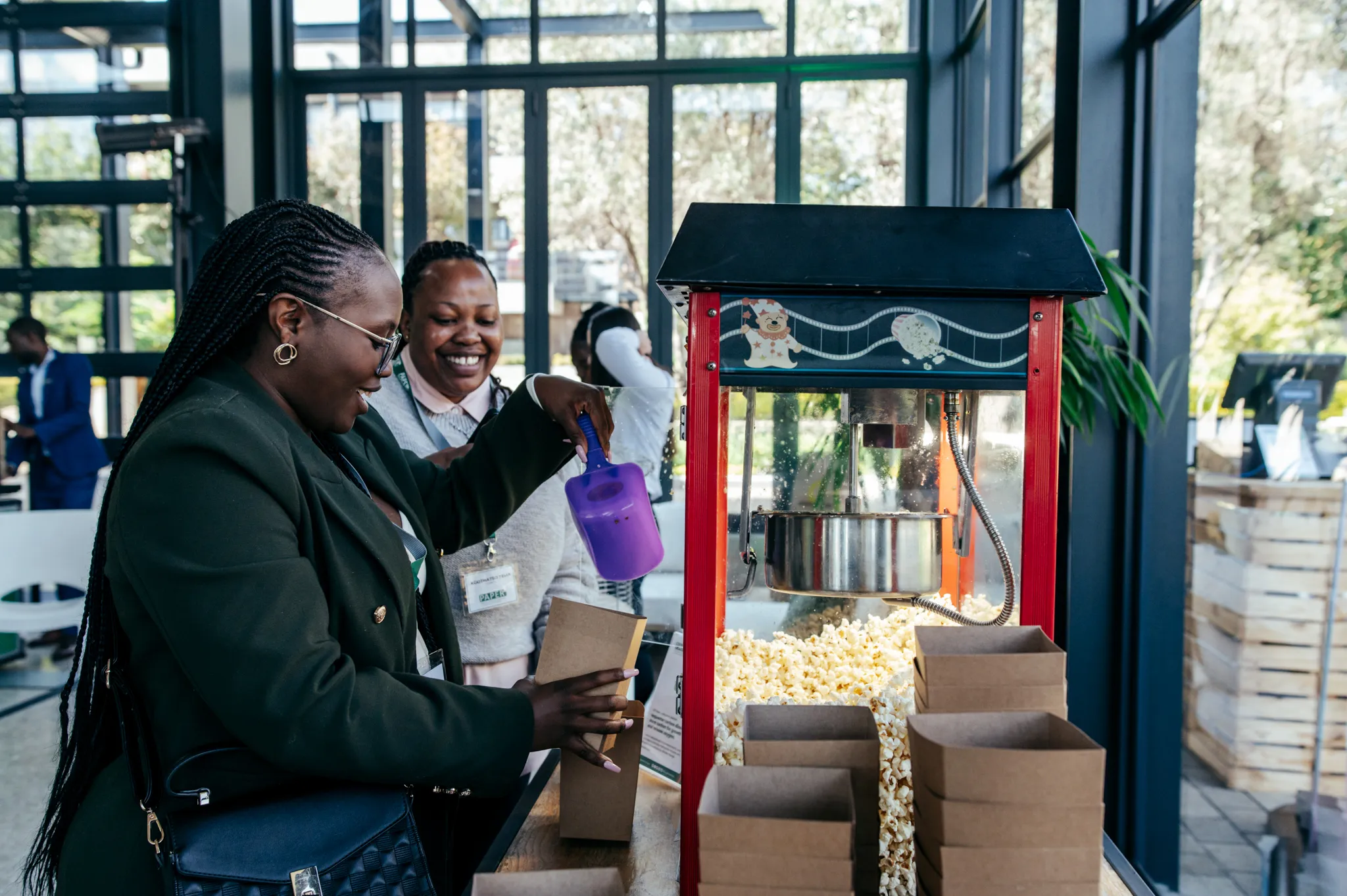
In South Africa, some 30% of the forestry-owned land is also set aside for biodiversity. “So not only are our forests sustainable sources of wood products, but they are also homes to thriving biospheres and not green deserts as some would suggest,” she added.
Dr Tracy Wessels, Group Head of Sustainability and Investor Relations at Sappi, added, “Trees need three things to grow: sunlight, water, and carbon dioxide. Just like children, younger trees need more energy to grow, and thus absorb more carbon dioxide.” Farming trees, therefore – harvesting the older ones as their growth slows and planting new trees– helps to mop up more carbon dioxide in the atmosphere.
Along with carbon absorption, carbon storage in wood products is important, as it locks up the carbon for the lifetime of the product. The more products made from wood, the more carbon is stored. When trees are sustainably managed, the carbon cycle remains in balance. “By harvesting a small proportion of mature trees and replanting with new trees each year, we improve the carbon sequestration rate,” explained Wessels.
The guests also emphasised the socio-economic benefits of the forest and harvested wood products sector and the vital role it plays in providing employment and supporting local communities. Through sustainable forest management practices, the industry strikes a balance between economic growth and environmental conservation, fostering a green economy that benefits all stakeholders.
Nelly Ndlovu, general manager of Mondi Zimele, noted: “Sustainability is a lot more than just the environment. There is also a social and people element to it, and sustainable forestry management plugs into this very well.
“We work with our communities to help them plant trees in a way that is both environmentally and economically sustainable for all parties involved. The small grower development in the forestry industry has really played a significant role in helping create meaningful jobs that support rural communities, and women in particular.”
The protection of indigenous trees and biodiversity is also important to the sector. Conservationist and head of Outdoor Escapes Tim Neary’s work in co-operative conservation has not only been successful in the Sappi Rare, Threatened and Endangered Species Stewardship Programme but also in changing how communities interact with the indigenous trees around them.
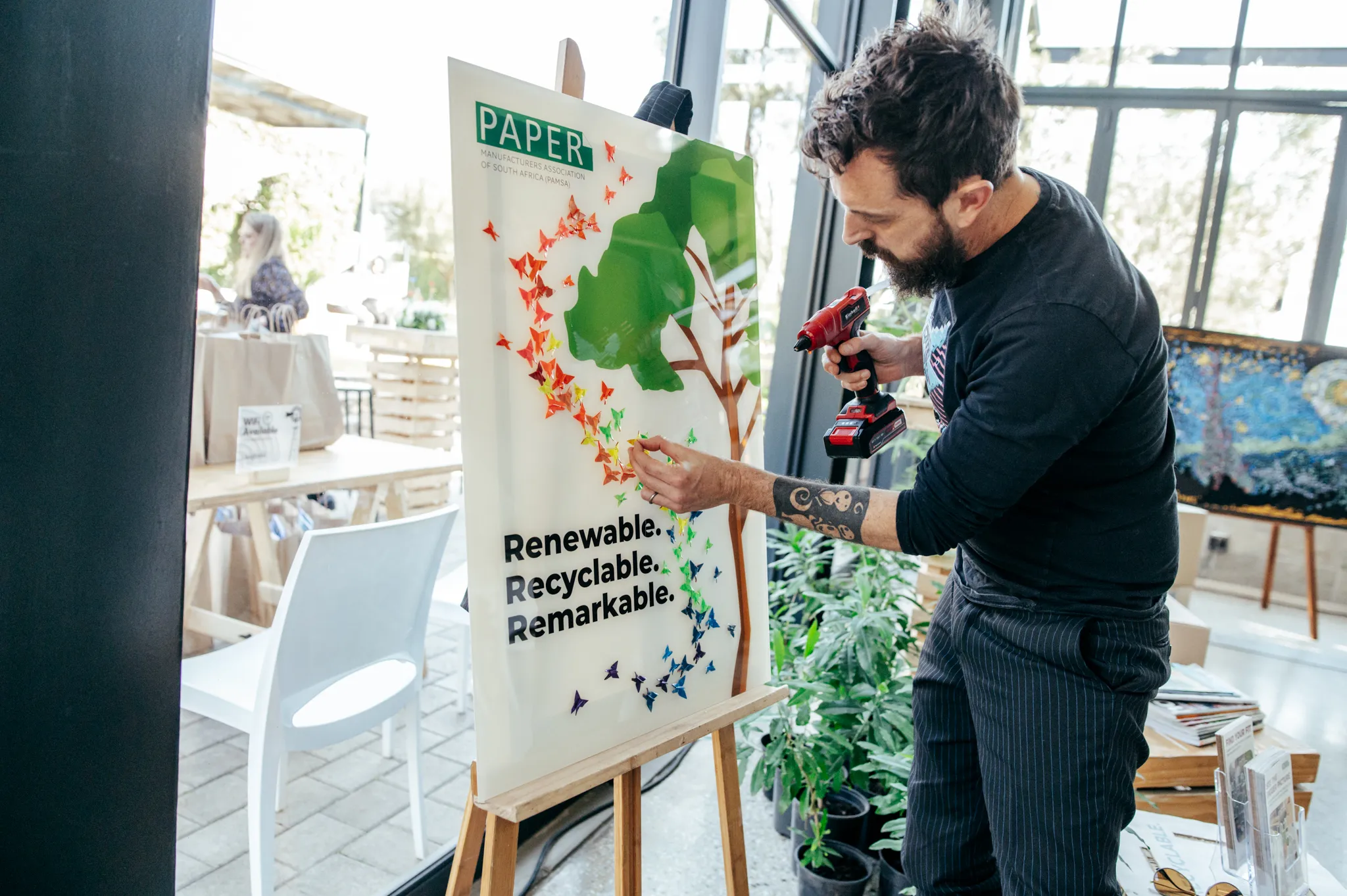
“We learned that working with traditional healers and other community stakeholders who use indigenous trees was one of the best ways to help protect such trees,” said Neary. “By engaging with healers and community-based social ecologists, we have identified and solved the growing issues affecting our indigenous trees. We have helped to protect endangered tree populations by making the saplings available to communities at no cost, and thus help ordinary South Africans access their natural benefits without negatively affecting the environment.”
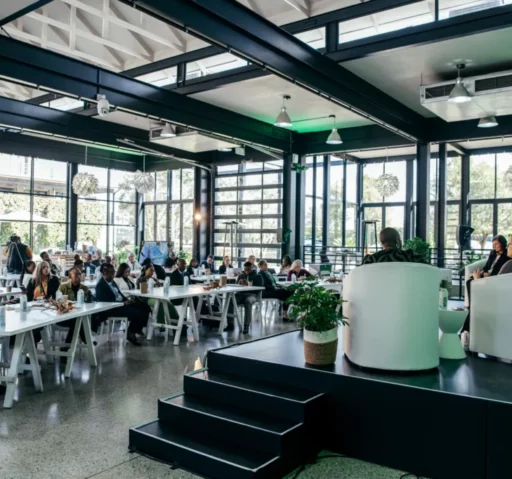
Paper regaining prominence in the primary packaging space
The second discussion focused on packaging trends, and innovation and developments in packaging substitution and recycling.
Don MacFarlane, Packaging Senior at Woolworths, explained, “One of the biggest trends is the re-emergence of paper as a primary packaging medium, and not just secondary or tertiary packaging in the form of cardboard boxes,” alluding to Woolworths’ new locally recyclable paper packaging for its organic pasta range.
Dr Valeska Cloete, Group Innovation, Research and Development Manager at Mpact, added, “There is no single packaging solution for everything, but by applying a fit-for-purpose approach, companies can ensure that materials are responsibly sourced and designed for consumption and disposal.
“Major South African brands are aligning themselves with international food safety regulations and other local regulations such as the extended producer responsibility regulations to ensure compliance of packaging from design to disposal,” she added.
“What’s exciting is that we are constantly researching and finding new ways to maximise the potential of trees and the components of wood,” said Dr Nelson Sefara, the Sappi Technology Centre Manager. “We are always asking, ‘What can we do with the process waste?’ This highlights the sector’s commitment to being truly circular,” he said.
Along with tucking into popcorn, chocolate, and coffee in paper packaging, attendees tapped into their creative sides with South Africa’s own local Guinness Book of Records holder and origami artist Juanne-Pierre De Abreu. De Abreu, who currently holds the record for the largest display of origami butterflies at 29,416, showed guests how to fold square pieces of paper into butterflies.
What was clear by the end of the event was that rather than being treated as the enemy, paper and wood products should be viewed as a critical part of everyday life, its little luxuries, and the greener future we all strive to create.




